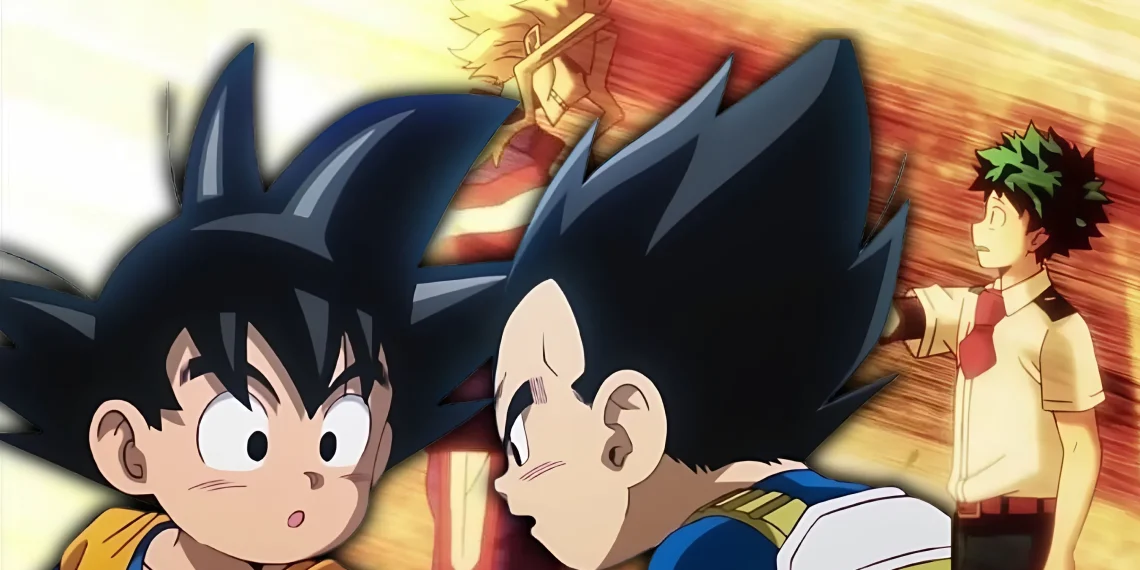On Tuesday, October 1, 2024, fans of both My Hero Academia and Dragon Ball were treated to an exciting announcement as the latest entry in the Dragon Ball Super Gallery Project was revealed.
The new artwork comes from Kohei Horikoshi, the talented creator, and mangaka behind the immensely popular series My Hero Academia.
Horikoshi’s task was to redraw the cover of the 13th volume from the legendary Dragon Ball manga series, originally crafted by the late Akira Toriyama.
Each mangaka participating in this project has been given the opportunity to infuse their unique artistic flair into Toriyama’s original work, and Horikoshi’s contribution is nothing short of remarkable.
The Vision Behind the Dragon Ball Super Gallery Project
The Dragon Ball Super Gallery Project is an ambitious initiative aimed at celebrating the timeless legacy of Toriyama’s original manga series.
A total of 42 different mangaka are involved in this creative endeavor, each tasked with reinterpreting one of the volume covers from the original Dragon Ball series in their distinct artistic styles.
DRAGON BALL Volume 13 by Kohei Horikoshi (My Hero Academia).
This is part of the DRAGON BALL Super Gallery Project to commemorate the 40th Anniversary of the series. Every month, different mangaka will redesign one of the 42 covers of the series until November 2024. pic.twitter.com/kgVwaDIICO
— Shonen Jump News (@WSJ_manga) October 1, 2024
This collaborative project not only showcases the extraordinary talents of various artists but also underscores the profound influence that Toriyama’s work has had on the entire manga industry.
With Horikoshi now having submitted his entry, the project has garnered considerable attention, particularly as other renowned mangaka, including Eiichiro Oda, the brilliant mind behind One Piece, are also set to participate.
The concept of the Dragon Ball Super Gallery Project is rooted in nostalgia and reverence for the original series, which has been a cultural cornerstone since its debut in the 1980s.
By allowing contemporary artists to reinterpret these classic covers, the project serves as a bridge between generations of fans and creators, fostering a sense of unity and shared appreciation for the medium.
Each entry contributes to a larger drapes of artistic expression, celebrating the different styles and visions that characterize the manga world today.
Horikoshi’s Artistic Style and Distinctive Touch
Horikoshi’s artistic style, widely recognized from My Hero Academia, is immediately apparent in his rendition of the 13th volume cover.
While retaining the essence of the original illustration, there are several notable enhancements that differentiate his work from Toriyama’s classic art.
At the forefront of the artwork is a youthful Son Goku, depicted in his signature gi, with the iconic power pole slung across his back.
In a dynamic pose, Goku stands triumphantly on top of a jeep, capturing the adventurous spirit that has always been a hallmark of the Dragon Ball franchise.
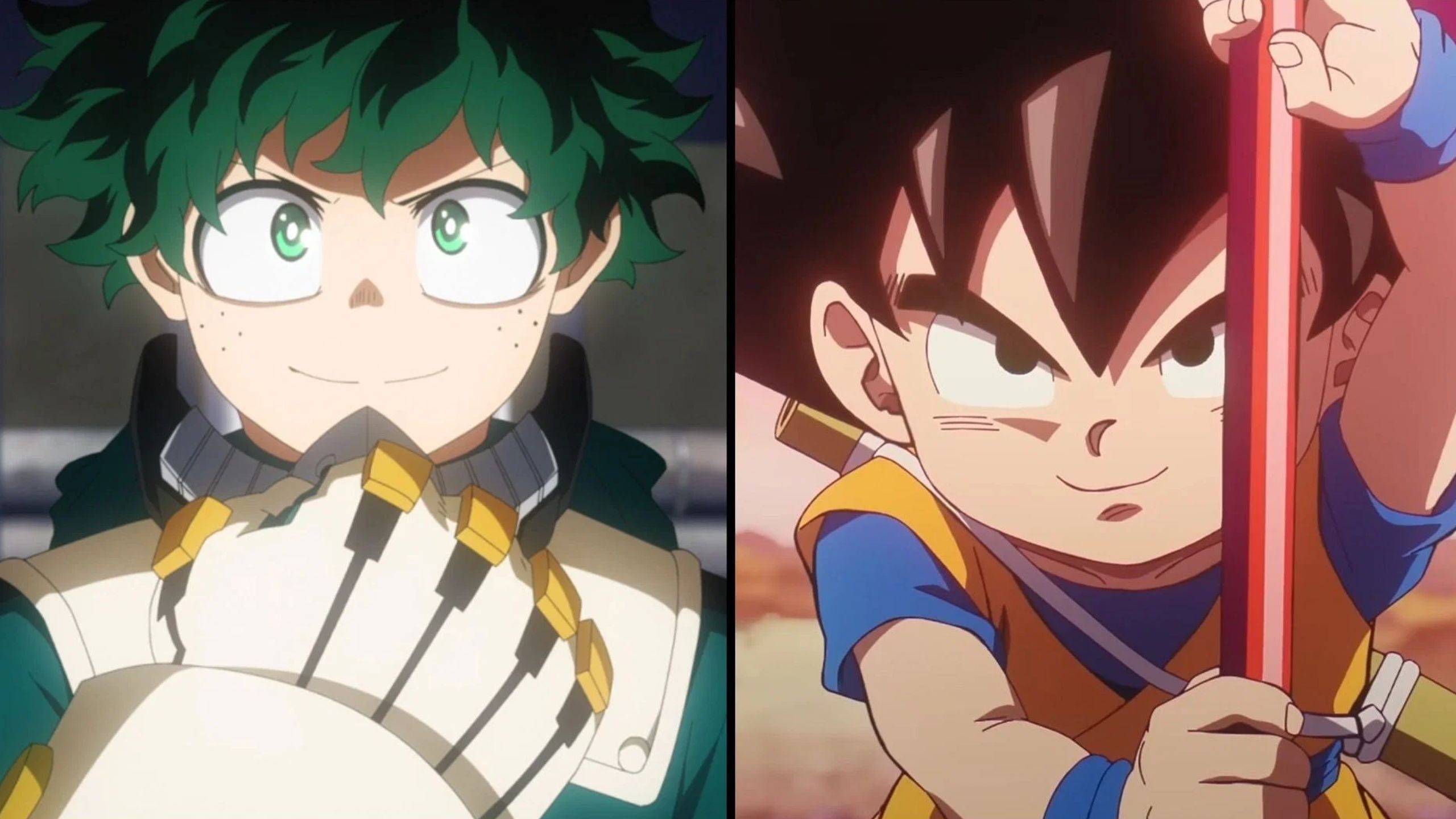
One of the most striking aspects of Horikoshi’s reinterpretation is the addition of modern sneakers for Goku.
This small yet impactful change not only revitalizes the character’s look but also harmonizes beautifully with the redesigned jeep.
In contrast to the original cover, which featured a bright green jeep, Horikoshi has opted for a more subdued, earthy brown color with darker detailing on key components like the grill and front bumper.
This conscious choice reflects Horikoshi’s intention to infuse his own artistic flair while simultaneously paying homage to Toriyama’s timeless design.
A Modern Take on an Iconic Scene
Beyond the cosmetic updates, Horikoshi has also reimagined the style of the jeep itself, giving it a contemporary twist compared to the version portrayed on Toriyama’s original cover.
The transformation of the jeep is significant, as it now boasts sleek lines and a modern aesthetic that resonates with today’s audience.
This update stands as a testament to Horikoshi’s ability to blend nostalgia with innovation, breathing new life into a beloved classic.
Additionally, Horikoshi’s distinctive art style introduces a sense of angularity and sharpness to both the characters and elements depicted in the illustration.
The dynamic poses and exaggerated expressions, which are hallmarks of My Hero Academia, are very much present, offering fans a fresh perspective on Goku’s character.
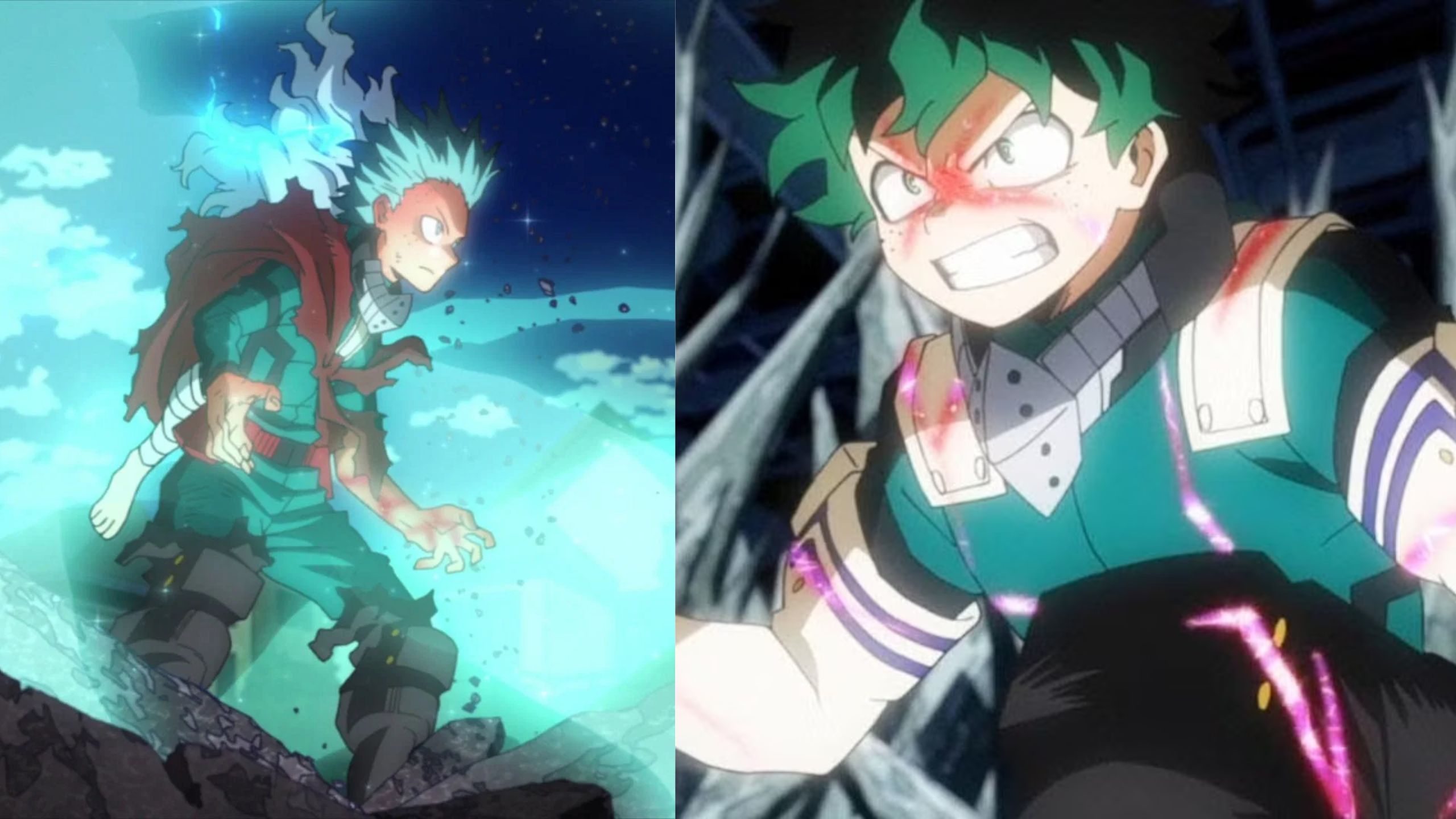
By emphasizing these traits, Horikoshi allows audiences to experience Goku in a way that feels both familiar and new, showcasing the versatility of the character across different artistic interpretations.
The Significance of the Artist’s Comments
In addition to the striking visuals, Horikoshi included an artist’s comment with his submission, a practice encouraged for all participating mangaka.
However, as of the writing of this article, a translation of Horikoshi’s message has yet to be made available.
Generally, mangaka use this opportunity to express their gratitude to Toriyama, acknowledging the deep impact he has had on their careers and lives.
Following Toriyama’s passing, many artists have utilized their platforms to pay tribute to the legendary mangaka, sharing personal stories and reflections that highlight his influence on the world of manga and anime.
This sentiment of gratitude and respect resonates deeply within the community, fostering a sense of camaraderie among artists who have been inspired by Toriyama’s groundbreaking work.
Horikoshi’s comments, while currently untranslated, are expected to reflect the reverence he holds for Toriyama and his contributions to the industry.
The Journey of My Hero Academia
Horikoshi began his journey as a mangaka with the launch of My Hero Academia in July 2014, published in Shueisha’s esteemed Weekly Shonen Jump magazine.
The series quickly gained a massive following, earning its place among the top titles in the shonen genre.
My Hero Academia has become a cultural phenomenon, attracting the audiences with its rich storytelling, character development, and themes of heroism and friendship.
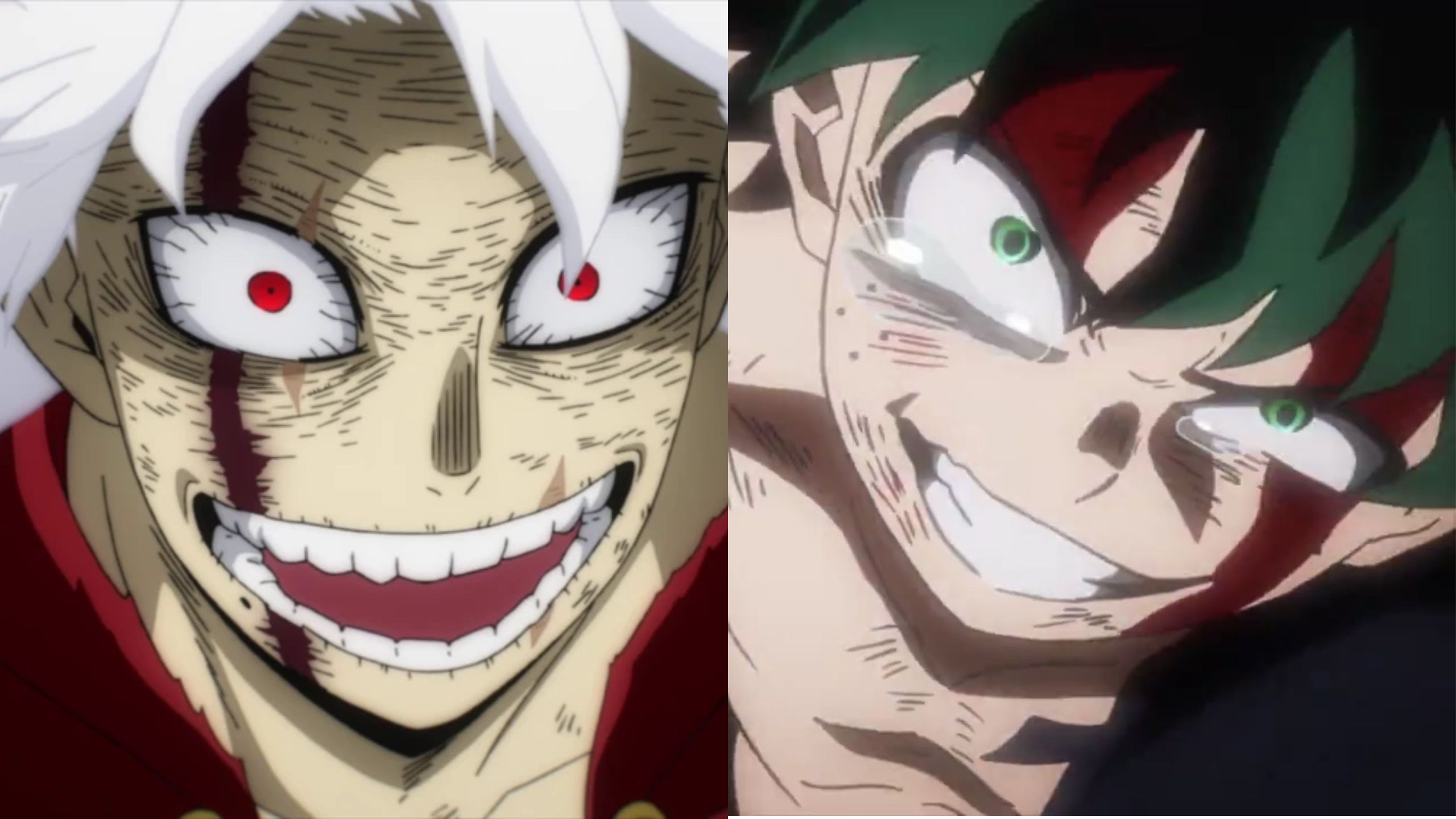
The manga ran continuously in Weekly Shonen Jump until its ending in August 2024, mirroring the legacy of Toriyama’s original Dragon Ball series, which also enjoyed a successful run in the same publication.
The anime adaptation of My Hero Academia, produced by Studio BONES, has contributed significantly to the franchise’s success.
Currently, it is still ongoing, with the seventh season attracting the viewers with its thrilling story arcs and emotional character development.
Horikoshi’s ability to create relatable characters and compelling narratives has resonated deeply with readers.
The themes of perseverance, friendship, and the struggle between good and evil are explored through the lens of aspiring heroes in a world where superpowers are the norm.
This relatable premise, combined with Horikoshi’s dynamic artwork and engaging storytelling, has led to a devoted fanbase that spans the globe.
The Enduring Legacy of Akira Toriyama
The impact of Akira Toriyama on the world of manga and anime is undeniable. His groundbreaking series, which began serialization in November 1984 and ran until May 1995, has left an indelible mark on the industry.
Toriyama’s unique storytelling, memorable characters, and iconic art style set a standard for many series that followed.
His influence can be seen in countless works, including those of artists like Horikoshi, who have drawn inspiration from Toriyama’s creations.
Toriyama’s signature style is characterized by his ability to blend humor with action, creating a unique balance that appeals to a wide audience.
His characters, ranging from the goofy Goku to the antagonistic Frieza, are intricately designed with distinct personalities and motivations, making them relatable to fans.
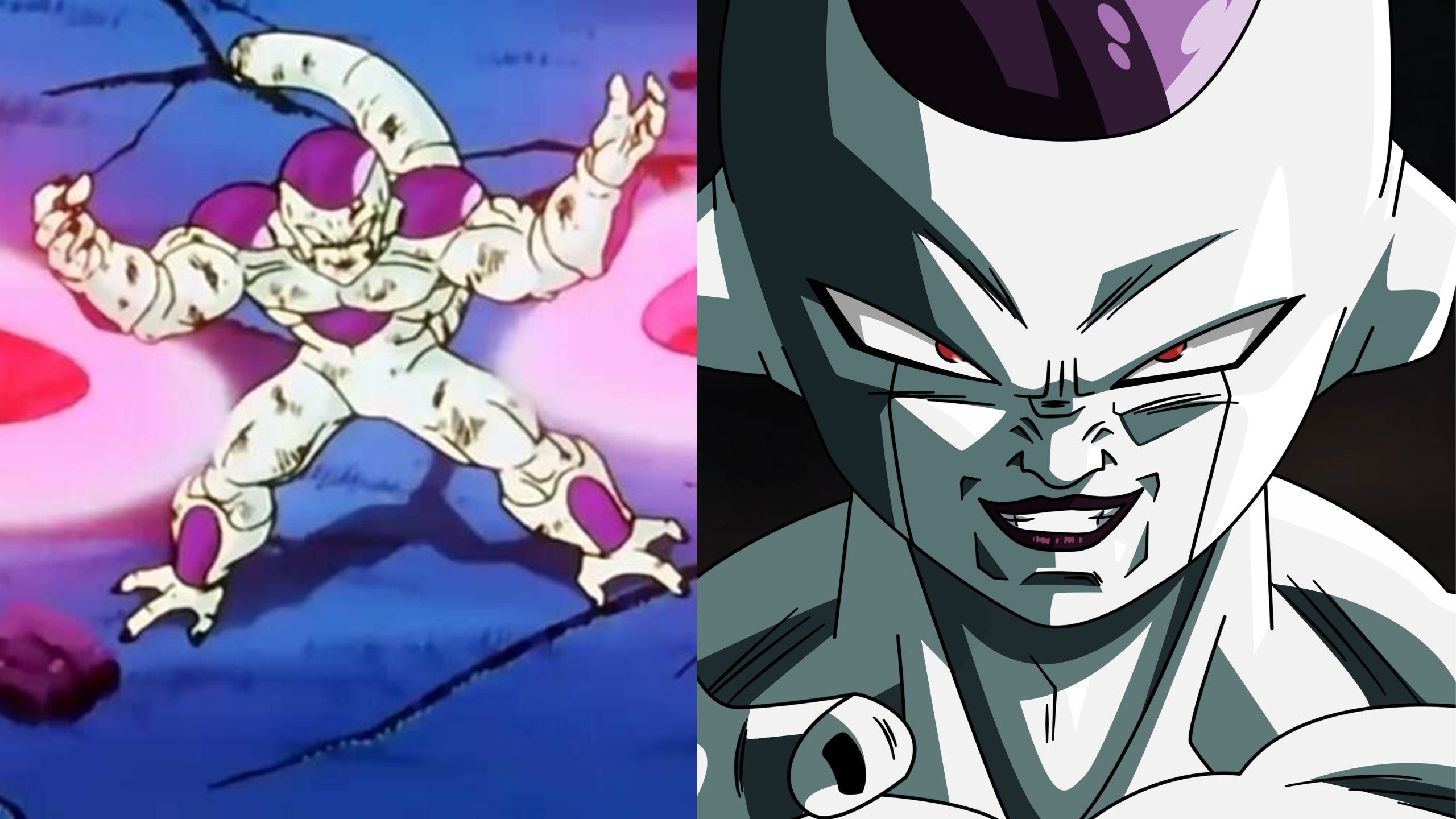
This rich character development is a hallmark of Toriyama’s storytelling, setting a precedent that many contemporary mangaka strive to emulate.
Tragically, Toriyama passed away on March 1, 2024, due to complications from an acute subdural hematoma at the age of 68.
His death marked the end of an era, leaving behind a rich legacy that continues to resonate with fans around the globe.
The Dragon Ball Super Gallery Project serves as a heartfelt tribute to Toriyama’s contributions to the industry, allowing artists to honor his memory while showcasing their unique talents.
The Excitement Surrounding the Upcoming Daima Anime Series
In the wake of Toriyama’s passing, fans are eagerly anticipating the upcoming Daima anime series, which is set to be the final project from the franchise.
Toriyama was personally and significantly involved in the development of this series, and it is expected to summarize the essence of his storytelling and artistic vision.
The anticipation surrounding Daima reflects the lasting impact that Toriyama’s work has had on fans and creators alike, as they look forward to experiencing the culmination of his creative journey.
Daima promises to be a significant addition to the Dragon Ball franchise, drawing on the themes and character dynamics that have made the series beloved for generations.
As fans eagerly await more details about the series, the excitement is palpable, and it stands as a fitting tribute to Toriyama’s legacy.
The blending of new ideas with established characters is anticipated to create a unique narrative that continues to explore the fundamental themes present in the original Dragon Ball series.

The new series also opens the door for fresh character development and storytelling possibilities.
As new challenges arise and familiar faces confront them, fans will witness the evolution of characters they have grown to love over the years.
This interplay between nostalgia and innovation is crucial in keeping long-standing franchises vibrant and relevant in an ever-evolving industry.
Bridging Generations of Fans
The Dragon Ball franchise has successfully bridged generations of fans, uniting individuals who grew up watching the original anime series and reading the manga with a new generation discovering the story for the first time.
The enduring popularity of Dragon Ball is a testament to Toriyama’s skill as a storyteller and artist.
Through various adaptations, merchandise, and spin-off series, the franchise has continued to attract the audiences worldwide.
The release of the Dragon Ball Super Gallery Project further strengthens this connection between old and new fans.
Each reinterpretation serves to honor the original while also allowing for new perspectives and ideas to flourish.
This fusion of creativity not only celebrates Toriyama’s legacy but also encourages collaboration and innovation within the manga community.
Moreover, the project invites fans to revisit their favorite characters and moments from the original series while experiencing them through the lenses of contemporary artists.
All cover https://t.co/sk5tVLM6iE
— Le Monde Des Mangas (@MondeDesMangas) October 1, 2024
It fosters a renewed appreciation for the characters that have become cultural icons and allows fans to connect with their favorite series in new and exciting ways.
A Celebration of Creativity and Legacy
Horikoshi’s participation in the Dragon Ball Super Gallery Project stands as a testament to the enduring influence of Akira Toriyama on the manga and anime world.
Through his artistic reinterpretation of the 13th volume cover, Horikoshi not only pays homage to Toriyama’s legacy but also infuses his own distinct style into the beloved character of Son Goku.
As the project progresses and more artists reveal their interpretations, it will undoubtedly highlight the deep connections between artists and the creators who have shaped the industry.
With the ongoing success of My Hero Academia and the anticipation surrounding the upcoming Daima anime series, fans can look forward to witnessing the evolution of beloved characters while honoring the legacy of the pioneers who paved the way for future generations.
The Dragon Ball Super Gallery Project is more than just an artistic endeavor; it is a celebration of creativity, camaraderie, and the profound impact that storytelling can have on our lives.
Through collaborations like these, the manga community continues to thrive, driven by passion, creativity, and a shared love for the art form.
The legacy of Akira Toriyama will forever remain a guiding light for creators and fans alike, inspiring future generations to dream big and create even bigger.
The exciting contributions to the Dragon Ball Super Gallery Project are not just about the art; they symbolize the deep respect and admiration that the current generation of mangaka holds for their predecessors.
Each entry serves as a bridge, connecting the past with the present, while igniting the imaginations of fans old and new.
It reinforces the notion that while individual styles may differ, the love for the craft and the stories that inspire us remains a unifying force in the manga and anime world.
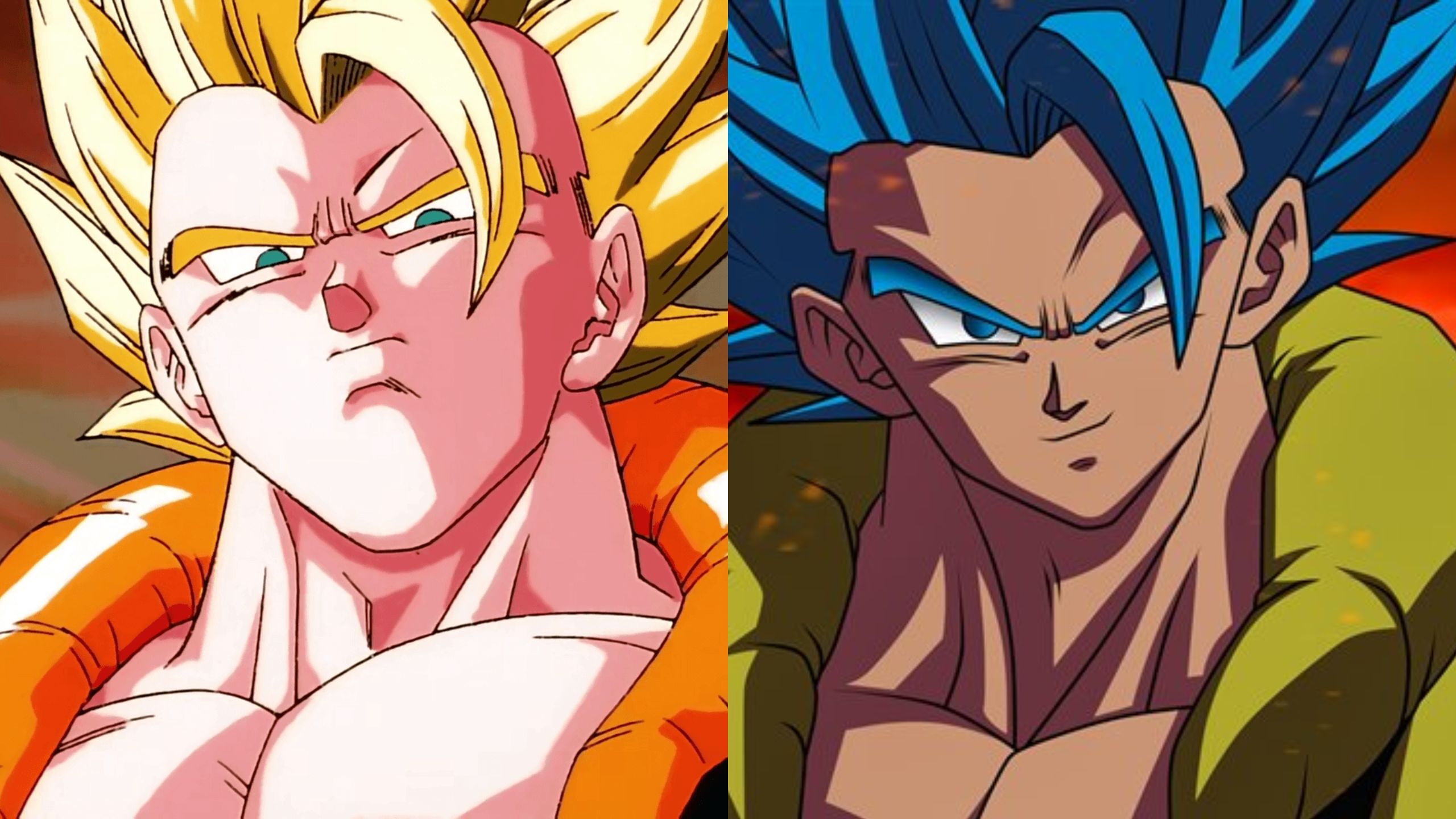
As the project unfolds, fans will eagerly await each new interpretation, reflecting on how each artist has interpreted the themes and characters that have become synonymous with the Dragon Ball franchise.
With each cover, there is a story told, an homage paid, and a new layer added to the drapes of the Dragon Ball universe.
The community of artists and fans continues to grow, fostering a vibrant and dynamic world that honors its roots while looking forward to a promising future.
The lasting impact of Akira Toriyama’s work is undeniable, and through initiatives like the Dragon Ball Super Gallery Project, his legacy will continue to inspire artists and entertain fans for generations to come.
Each brushstroke, each character pose, and each vibrant color choice is a celebration of creativity, unity, and the timeless art of storytelling that binds us all together.


